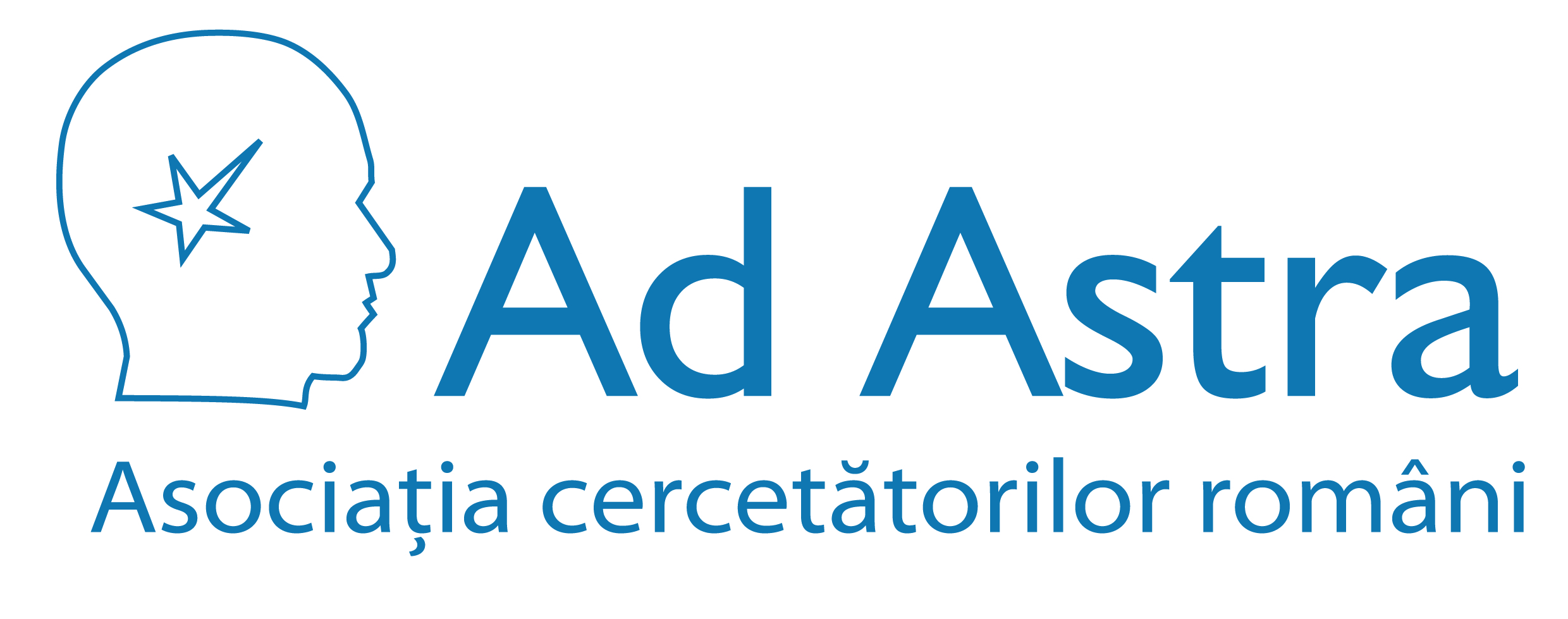Scopul nostru este sprijinirea şi promovarea cercetării ştiinţifice şi facilitarea comunicării între cercetătorii români din întreaga lume.
Staff Login
Evaluation of the carbonyl / chlorine interaction parameters in the pentan-3-one + chloroalkane mixtures using the DISQUAC group contribution model
Domenii publicaţii > Chimie + Tipuri publicaţii > Articol în revistã ştiinţificã
Autori: Teodorescu M., Wichterle I.
Editorial: Collection of Czechoslovak Chemical Communications, 65/10, p.1559-1570, 2000.
Rezumat:
Thermodynamic behaviour of the eight systems containing pentan-3-one and a chloroalkane, namely 1-chlorobutane, 1,2-dichloroethane, 1,3-dichloropropane, 1,4-dichlorobutane, trichloromethane, 1,1,1-trichloroethane, tetrachloromethane and 1,1,2,2-tetrachloroethane was interpreted in terms of the DISQUAC group contribution model. It was found that quasichemical term for the contact C=O/Cl in the pentan-3-one – (alpha, omega)-dichloroalkane and pentan-3-one – 1,1,1-trichloroethane systems is not negligible. The DISQUAC dispersive interchange parameters for C=O/Cl contact in these systems were evaluated from literature data on linear ketone + 1-chloroalkane systems. It was found that the best description of experimental data for systems containing 1-chlorobutane, trichloromethane, tetrachloromethane, and 1,1,2,2-tetrachloroethane is provided using only dispersive contribution of the C=O/Cl contact. The vapour-liquid equilibrium, GE, and HE data were calculated using the DISQUAC model and compared with experimental data. The model provides fairly consistent description. The relation between the DISQUAC interchange parameters for C=O/Cl contact and the chloroalkane chain lenght was established.
Cuvinte cheie: ketones, pentan-3-one, chloroalkanes, DISQUAC group contribution model, binary mixtures, thermodynamics

